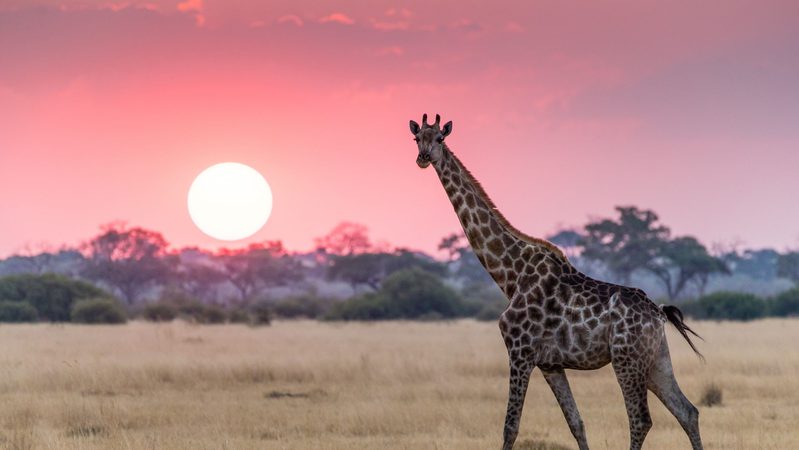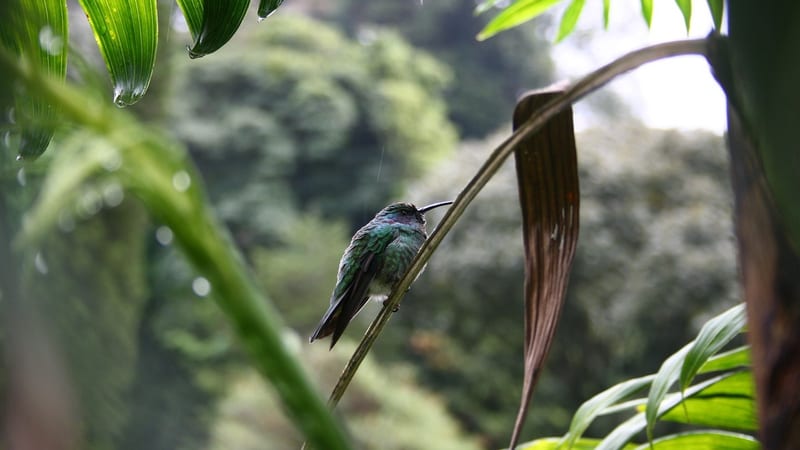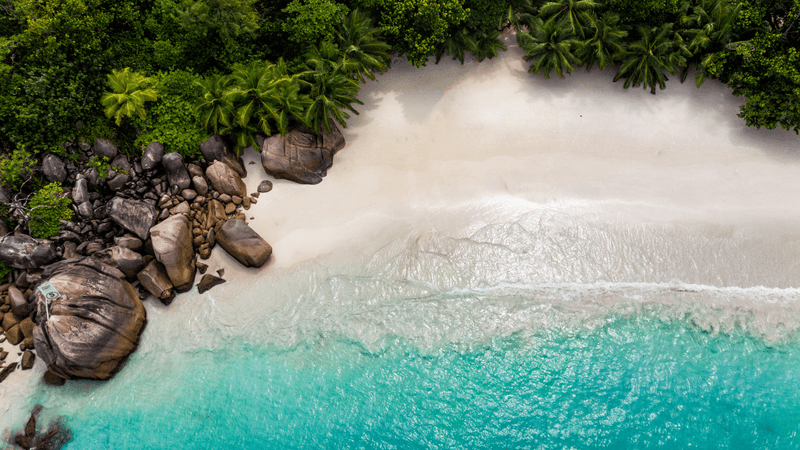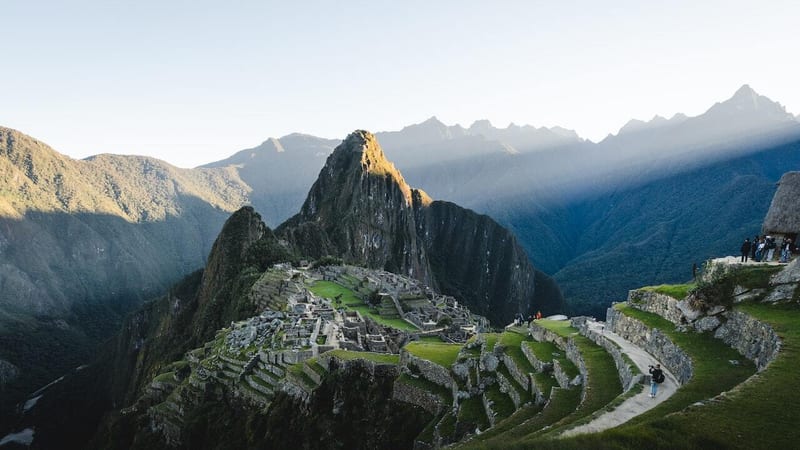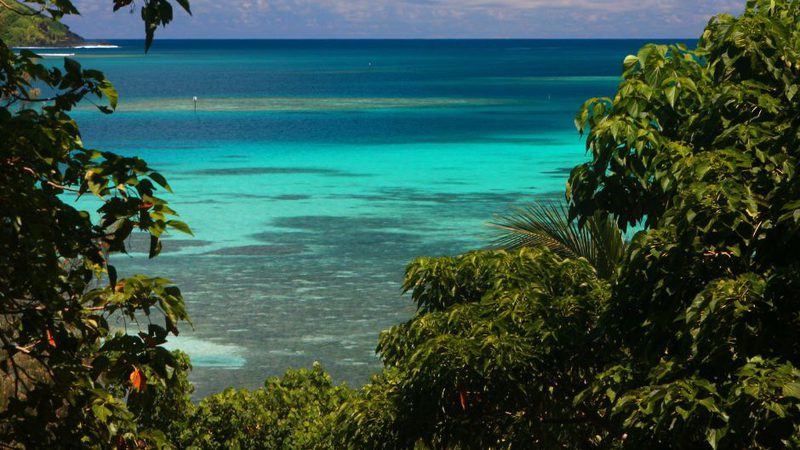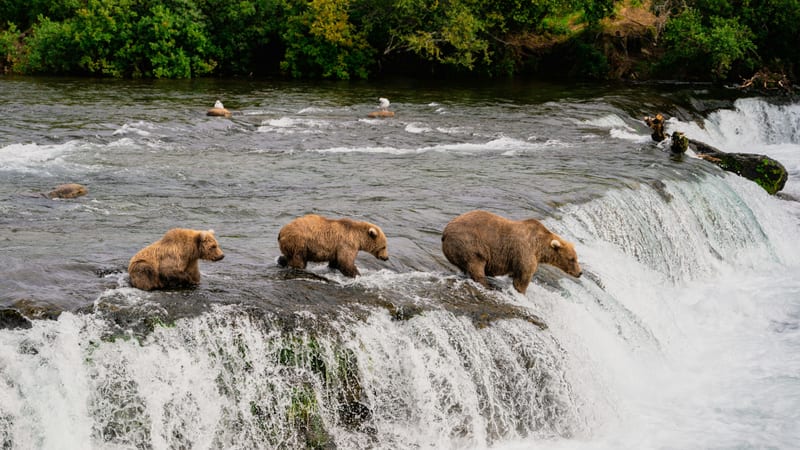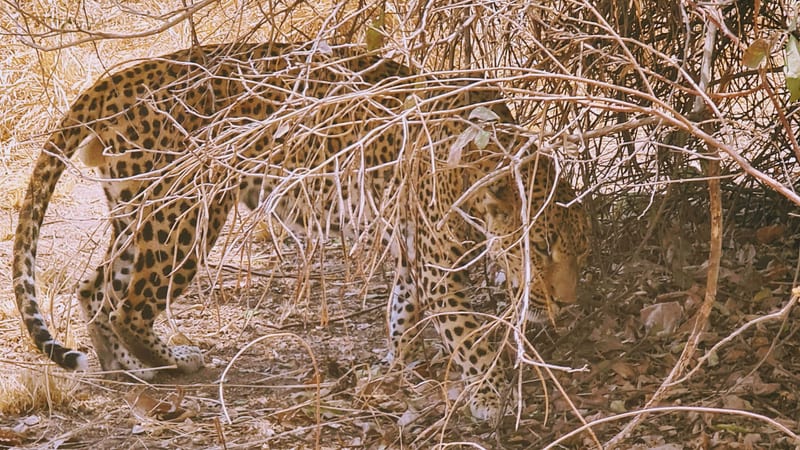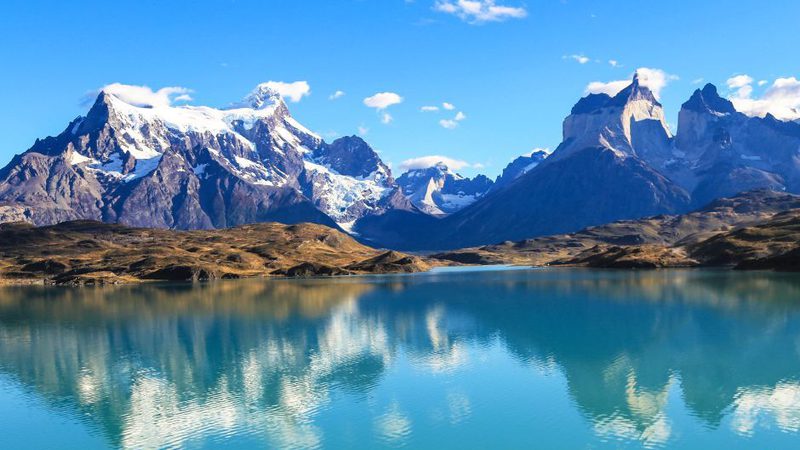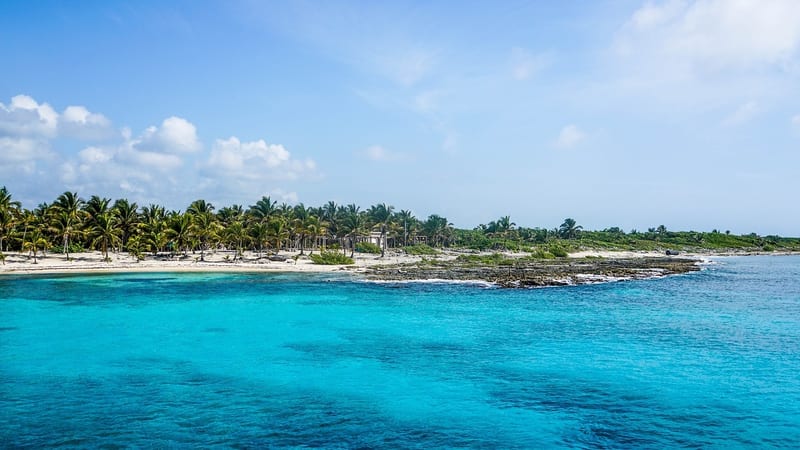Spacious suites with spectacular forest and ocean views
Location
Lagarta Lodge sits in a glorious spot above the Nosara River mouth on Costa Rica’s Nicoya Peninsula, between the jungle and the Pacific. It’s surrounded by its own private nature reserve, which gives the whole place a wonderfully serene, off-the-beaten-track feel.
Rooms
There’s a gentle luxury to the rooms here – think airy spaces, wooden touches, woven textures, and wide windows that let nature in. Every suite has a private terrace or balcony, and most look out over jungle or ocean. You won’t find TVs, but you won’t miss them – this is a place for reconnecting with your surroundings.
Amenities
Lagarta is all about low-key indulgence. There are two beautiful infinity pools with sweeping ocean views, a small spa offering soothing treatments and yoga, and a restaurant serving fresh, seasonal dishes with a strong local flavour. We particularly love the Gecko Lounge – perfect for a sundowner as the skies turn orange. It’s easy to spend a whole day here doing very little.
Activities
For those who like to explore, there’s plenty to do. You can kayak or paddleboard through the mangroves, head out for a surf lesson, or take a guided walk through the lodge’s own nature reserve – home to monkeys, coatis, and countless birds. Between July and December, you can also visit nearby Ostional Beach, where thousands of sea turtles come ashore to nest – a truly special experience. Or simply wander the gardens, binoculars in hand, and see what wildlife you can spot.
Sustainability
Lagarta Lodge is deeply committed to sustainable tourism and has been globally recognised with Level 3 Rainforest Alliance Certification, the highest standard for environmental, social, and economic responsibility . The hotel operates with strong eco-principles: it runs two hectares of onsite forest to capture CO₂, practises rigorous water conservation with guest awareness campaigns, and follows a robust reduce-reuse-recycle policy.
Best places to stay in Guanacaste, Nicoya & Pacific Coast Beaches
Guanacaste, Nicoya & Pacific Coast Beaches Trip Inspiration
When to go to Costa Rica
Discover the best time to visit Costa Rica with our helpful guide.
- Best
- Good
- Mixed
- Jan
- Feb
- Mar
- Apr
- May
- Jun
- Jul
- Aug
- Sep
- Oct
- Nov
- Dec
January
January is the dry season in Costa Rica (although you can still expect the odd tropical shower) and so a fantastic time to visit, the only downside is it is peak season and so you can expect some crowds and peak season prices.
The dry season is ideal if you want to walk through the jungles of Manuel Antonio National Park. It is also an excellent time to visit the soft sandy beaches as you can see humpback whales, as well as green and leatherback sea turtles in the Pacific Ocean.
February
The dry season continues in February with hot, dry conditions but fewer visitor numbers than in January making it a wonderful time to visit Costa Rica.
If you're hoping to see turtles or humpback whales you want to head to the Pacific Coast, or if you are looking to surf, both the Atlantic and Pacific Coast are great this time of year.
March
March is still the dry season in Costa Rica, and with fewer crowds, it is a fantastic time of year to visit. March kicks off with Monteverde Music Fest where national and international musicians gather in the cloudforest town for a month of song and dance.
April
April is the final month of the dry season, and also one of the hottest meaning many visitors prefer the breezy Pacific coast or visit higher mountainous areas. Easter holidays mean that Costa Rica does get busy, but it quietens after Easter.
Every two years (even numbers), San José plays host to the International Arts Festival where you can expect ten days of theatre shows, concerts, dance performances and art exhibitions.
May
May is the start of the rainy season, but with it, you benefit from fewer visitors, lower prices and still plenty of good weather. Although there are rain showers, these tend to be in the afternoon, meaning you've bright, sunny mornings to explore, watch wildlife for longer, uninterrupted by other tourists.
Surfers will love this time of year with an increasing swell on the Pacific coast and empty beaches.
June
June is still part of the rainy or green season, meaning there are tropical showers, but also plenty of lush, vivid vegetation. June is when surfing is at its peak on the Pacific coast.
July
Whilst July is still part of the rainy season, there is a letup in the volume of rain making it a fantastic time to spot wildlife without the crowds and with amazing plush vegetation.
July is also when green turtles return to their favoured nesting grounds in Tortuguero, with some turtles travelling 2000km to reach their breeding beaches. More turtles can be found at Playa Nancite in Santa Rosa and Ostional Wildlife Reserve, where olive ridleys lay millions of eggs in the black sand, often in the middle of the day.
August
August still forms part of the wet season, but this doesn't put off families visiting Costa Rica who bring children during the school holidays for the plethora of activities available.
It is a good month to see both green and Hawksbill turtles nesting around Tortuguero. Further up the Pacific coast, olive ridley turtles storm the sands in a synchronised mass nesting event known as arribada which will continue until November. The northern part of the Pacific coast receives the least rain so is ideal for those hunting sunshine.
September
September and October are the wettest months of the green season meaning that remote areas of Costa Rica can become inaccessible due to the roads and spotting wildlife can be more challenging. The east of the country is the driest so visitors willing to brave the rain head to Tortuguero National Park.
Independence Day occurs on the 15th September which is a big fiesta, across the country, you can expect large patriotic parades celebrating the country’s independence from Spain in 1821.
October
October is another very wet month in Costa Rica, especially on the west coast which is the best place to see whales and turtles at this time of year. For beach time, the Caribbean is drier.
October is an important month for festivals with Limón Carnival happening. Expect week-long celebrations to mark Christopher Columbus’ landing at Isla Uvita.
November
November marks the end of the wet season and transition into the dry season. Travel this month can be a gamble, with the upside being lower prices and fewer crowds, plus the potential for glorious sunshine. If you get lucky, November can be the best month to visit.
The Caribbean Coast on the east gets the dry weather first, and if there is rain, it tends to fall in the afternoon so you can easily plan your day around it.
December
December marks the return of the dry season with visitors flocking to the beaches of sea, sun and sand.
It also means wetter areas of the country reopen with Arenal National Park being one of the most popular for its volcano, hanging bridges and zipwire through the forest, and its magnificent waterfalls.
On the 27th December, there is San José Carnival where you can see huge parades with colourful floats, vibrant music and lots of dancing.
Speak to a Costa Rica expert today
and start planning your tailor-made holiday

Amanda
Costa Rica Expert

